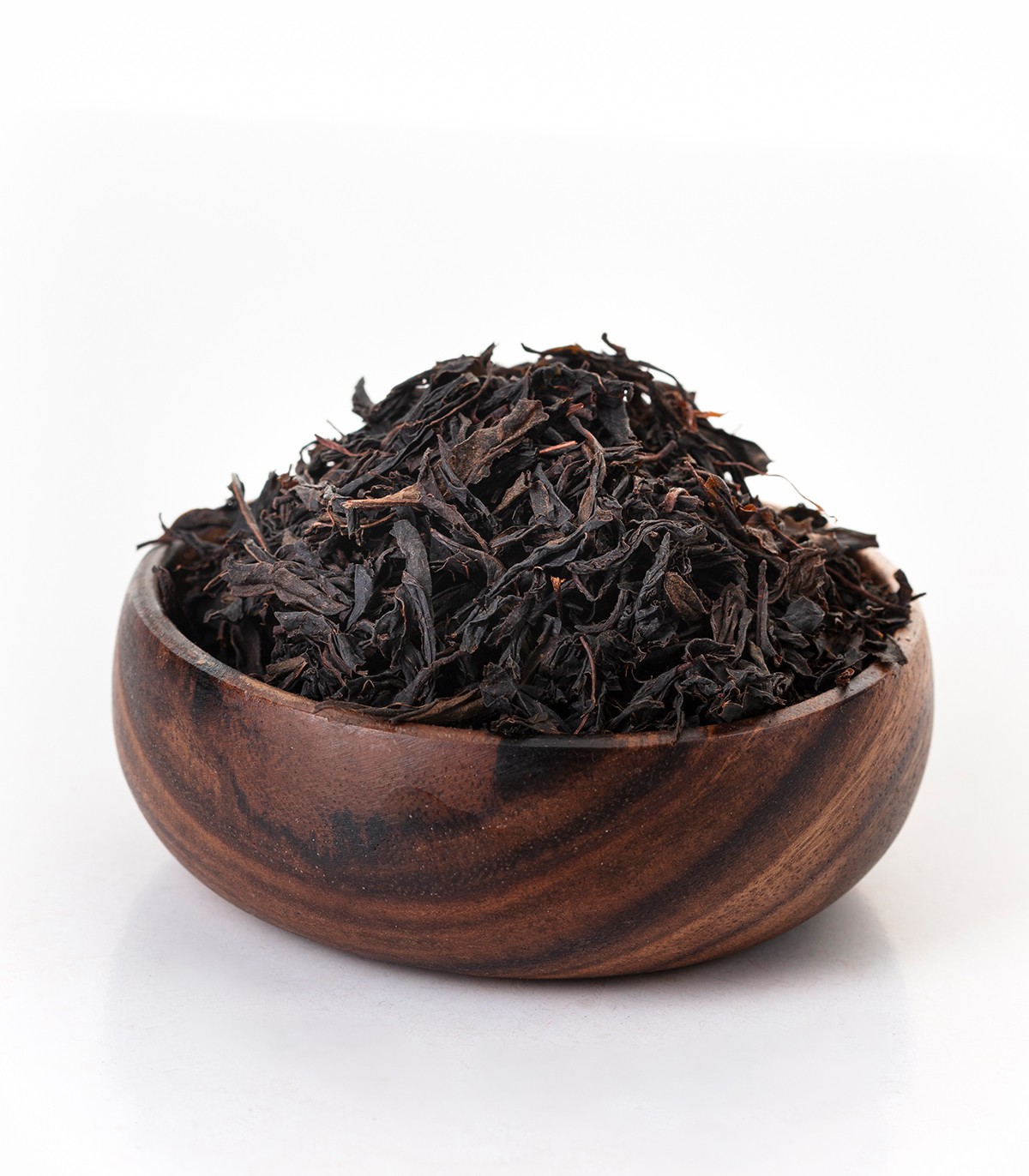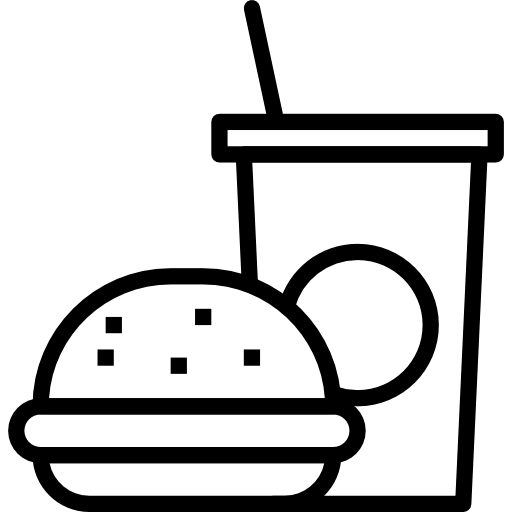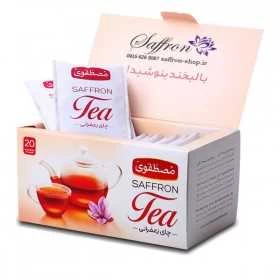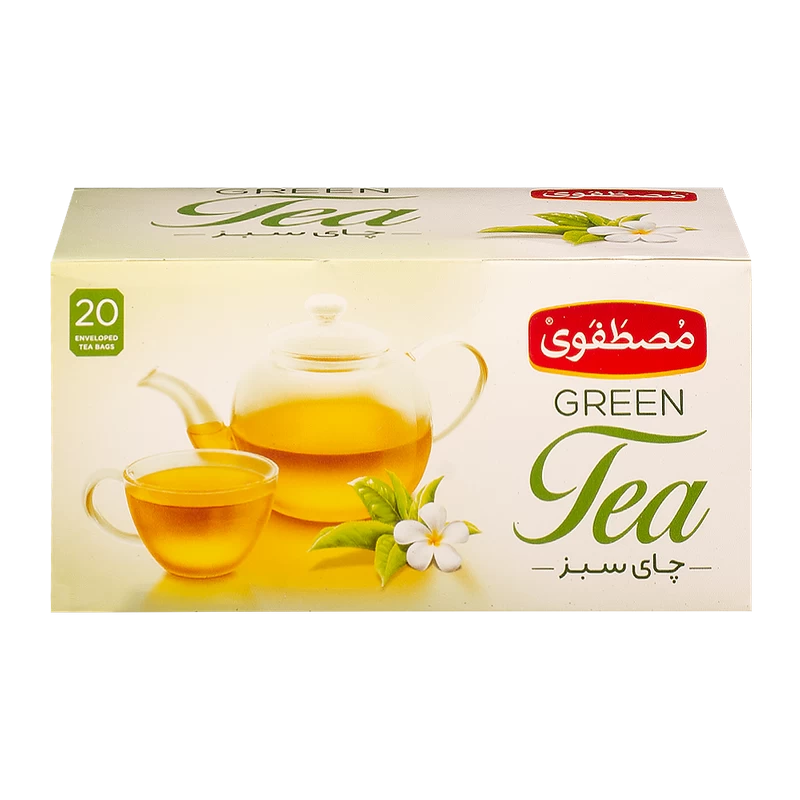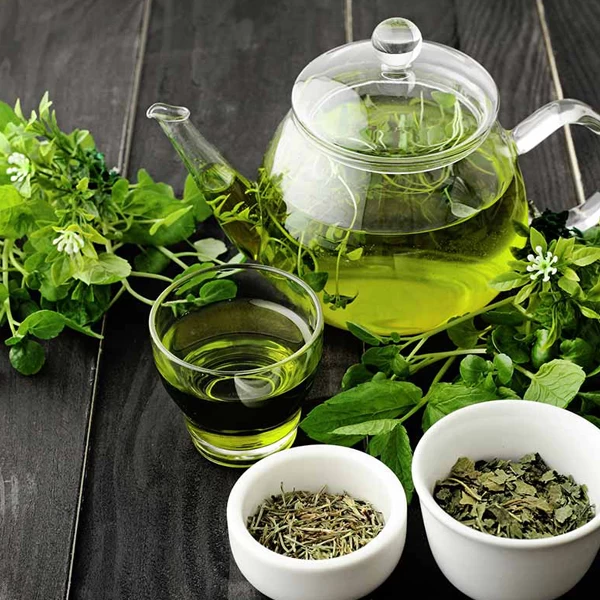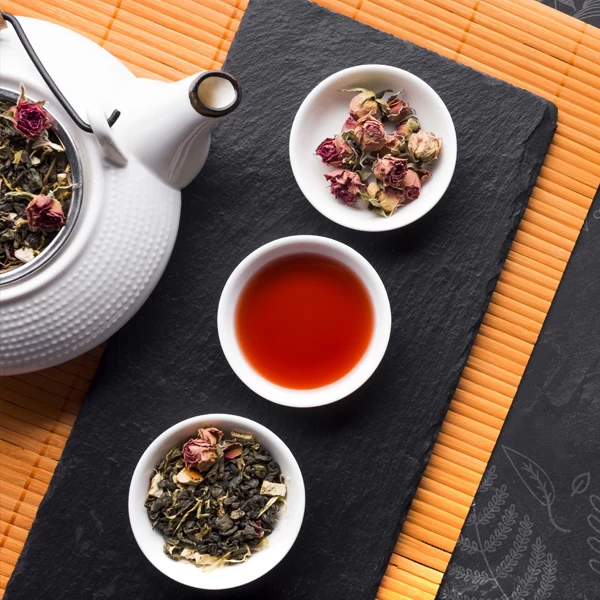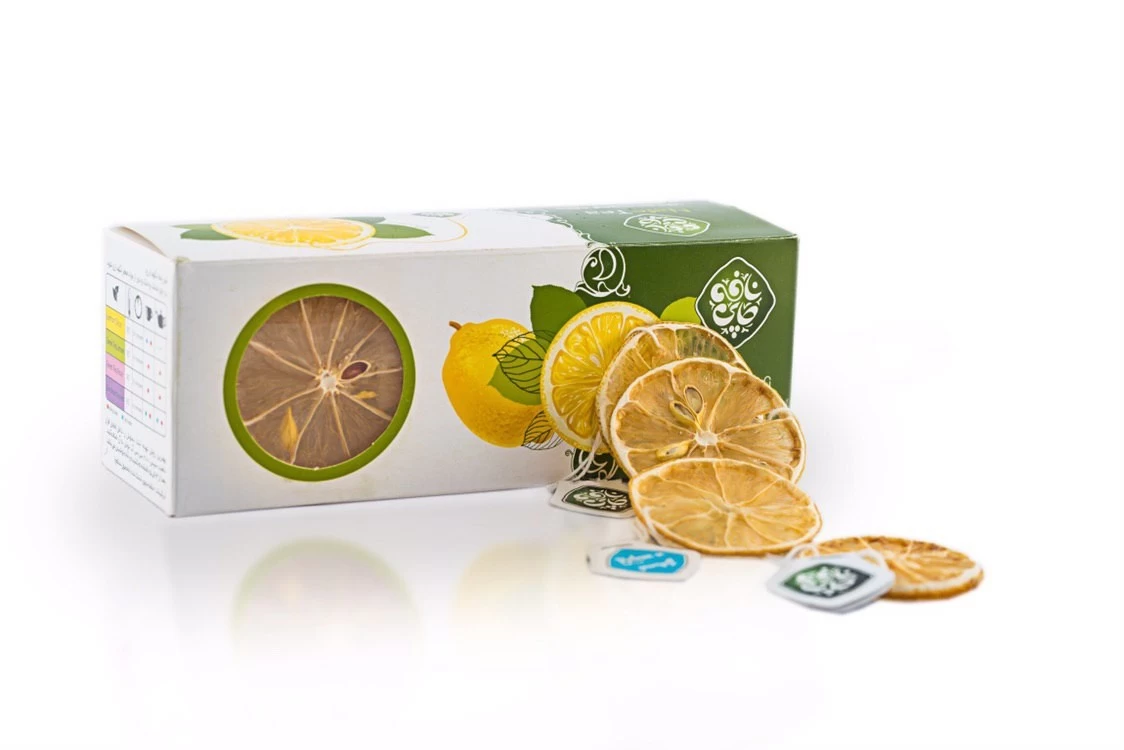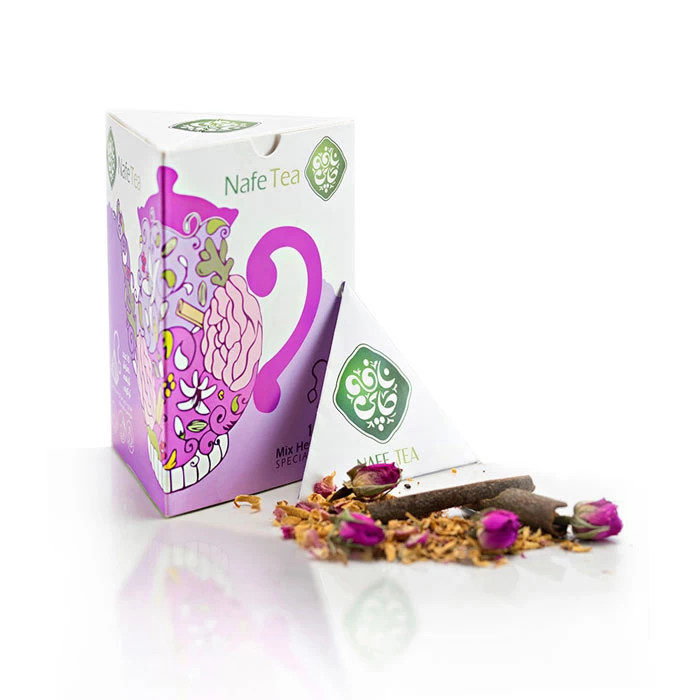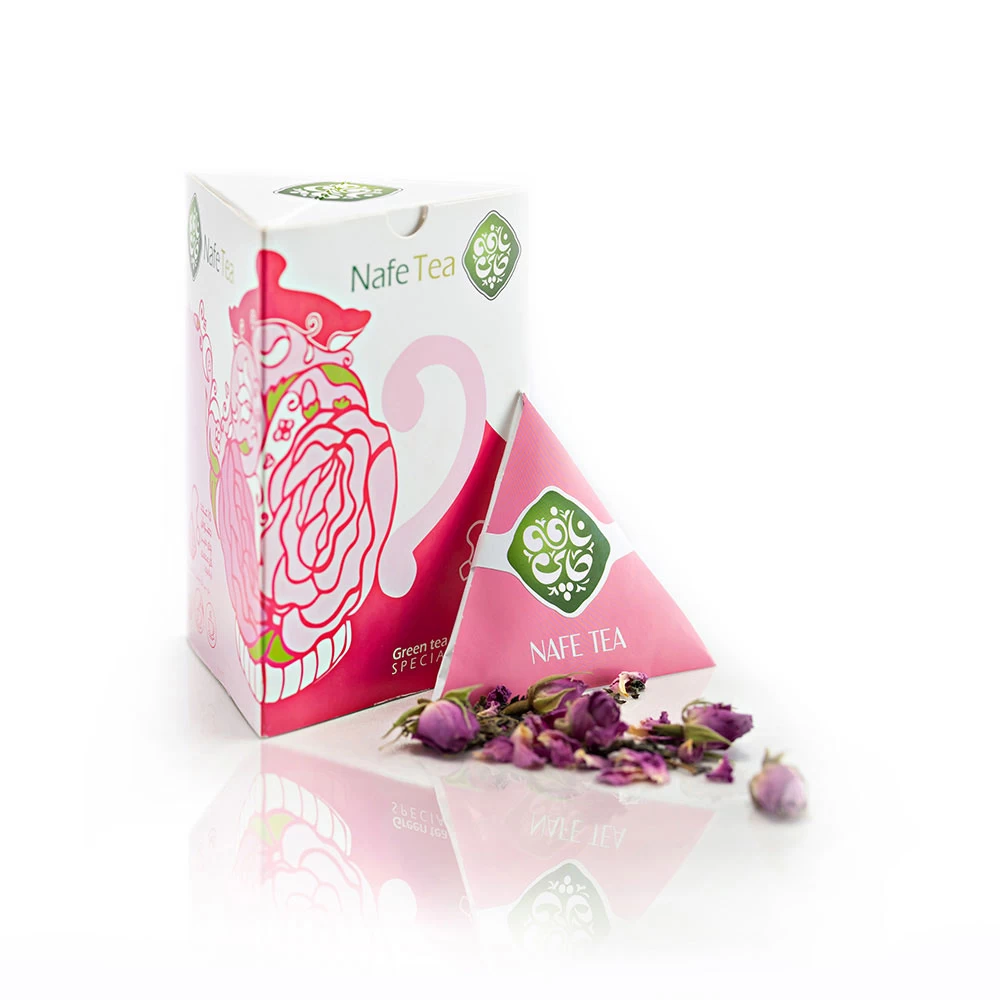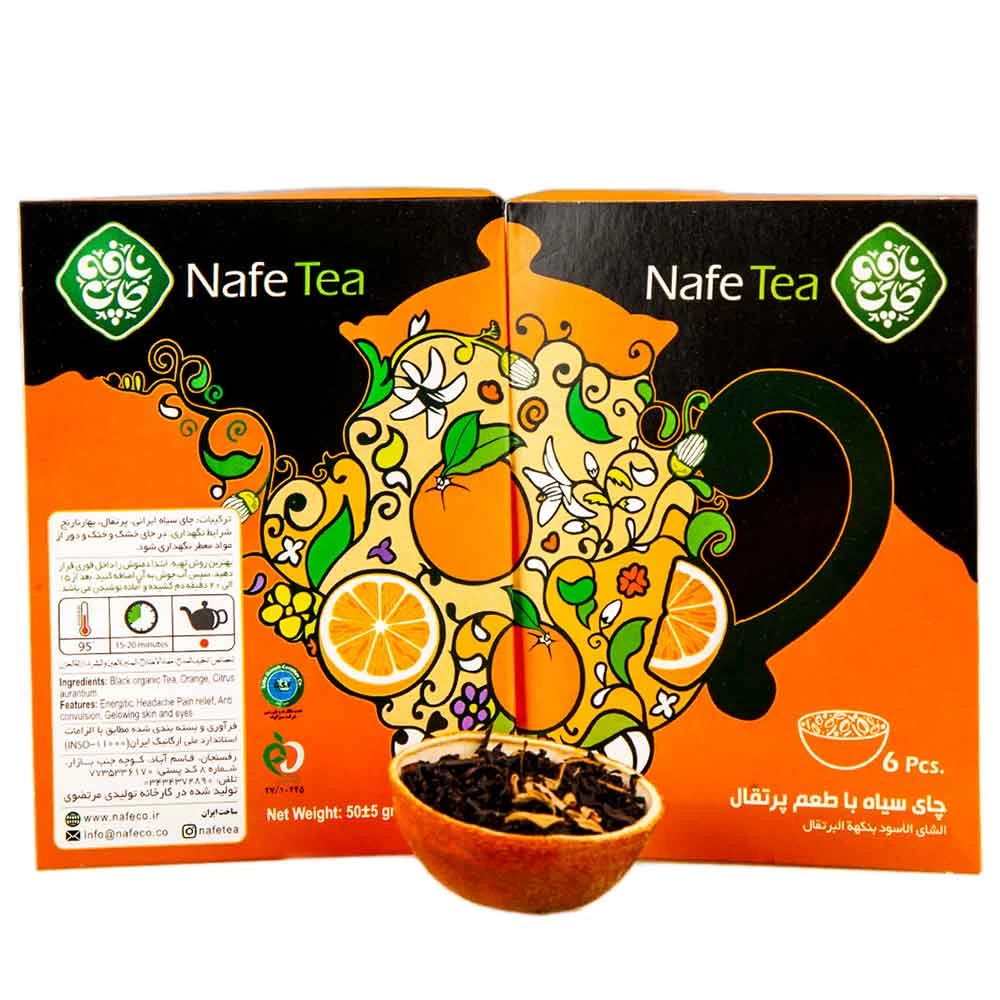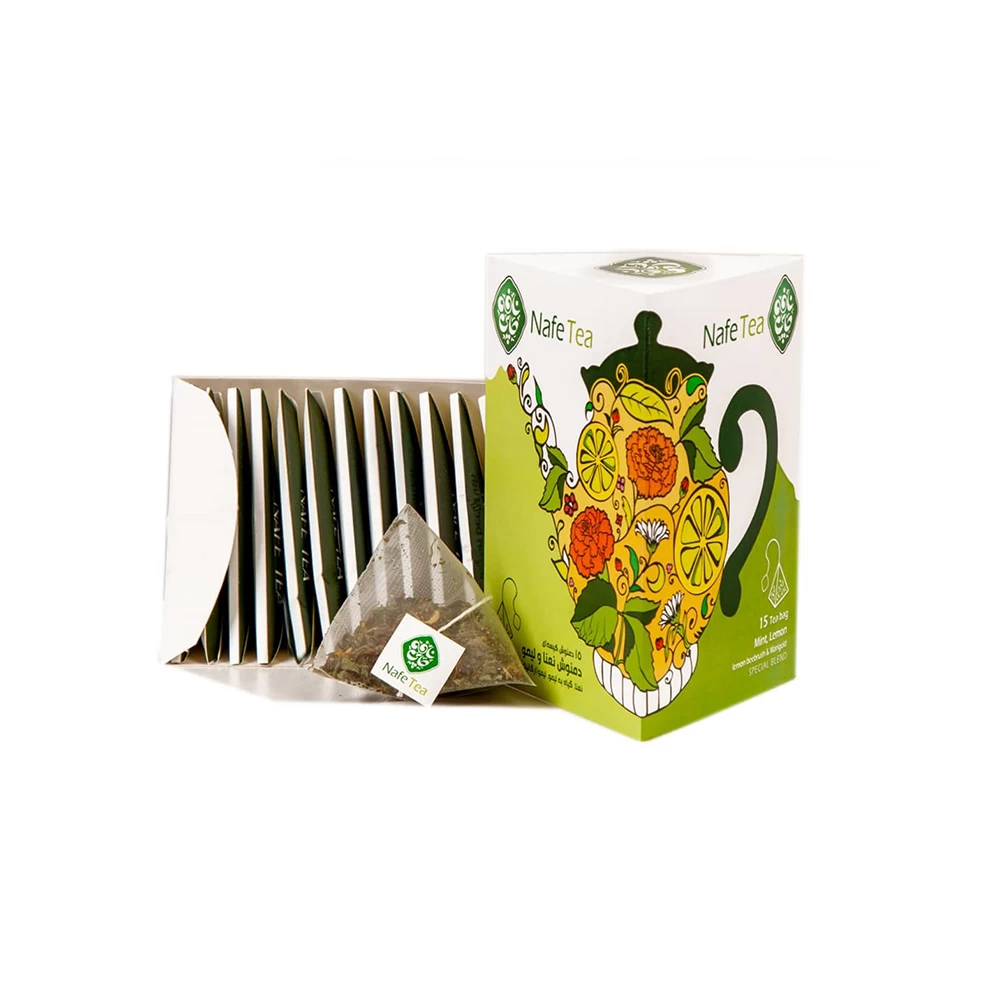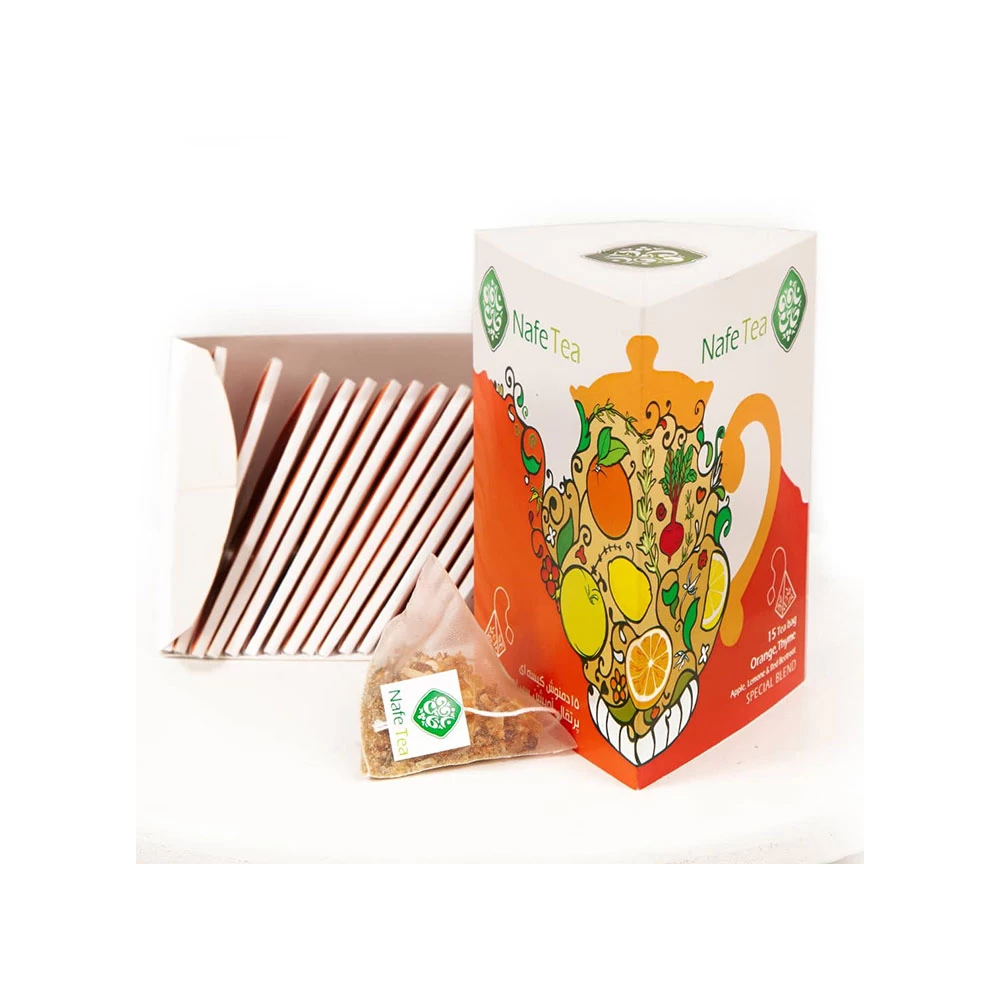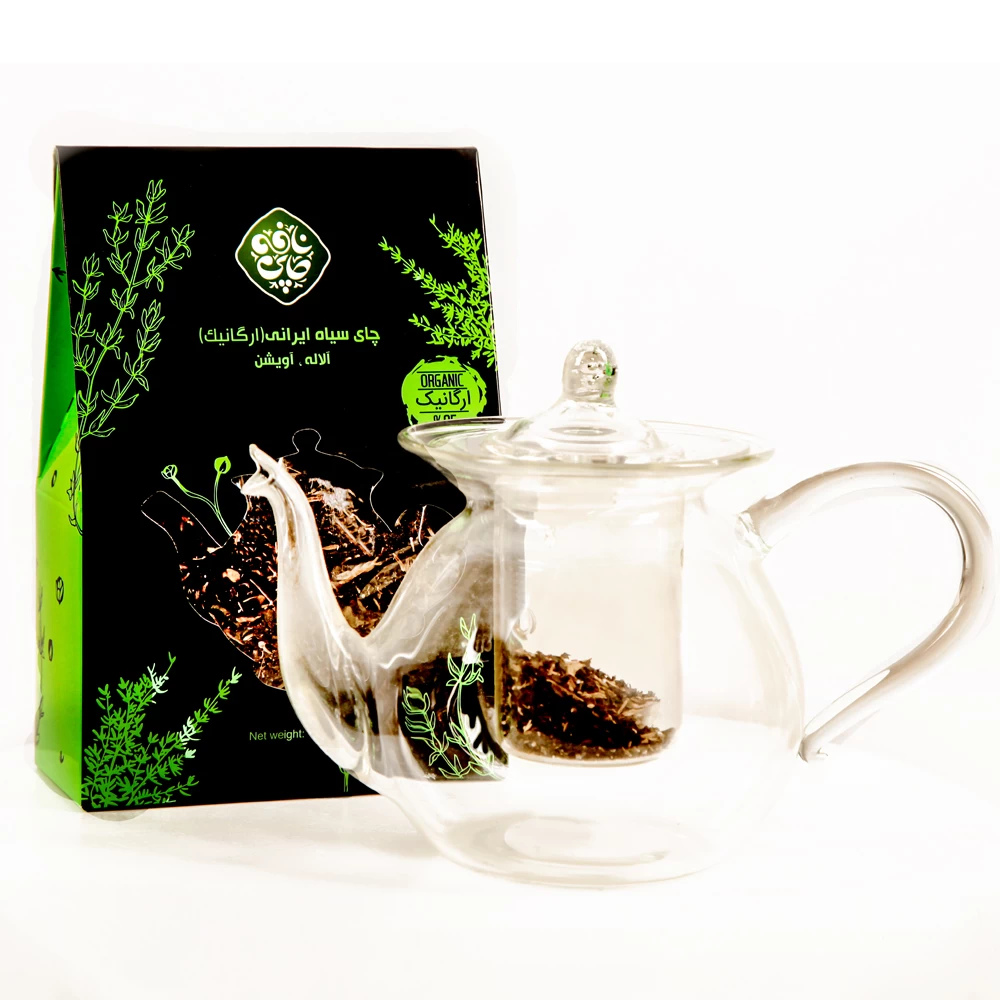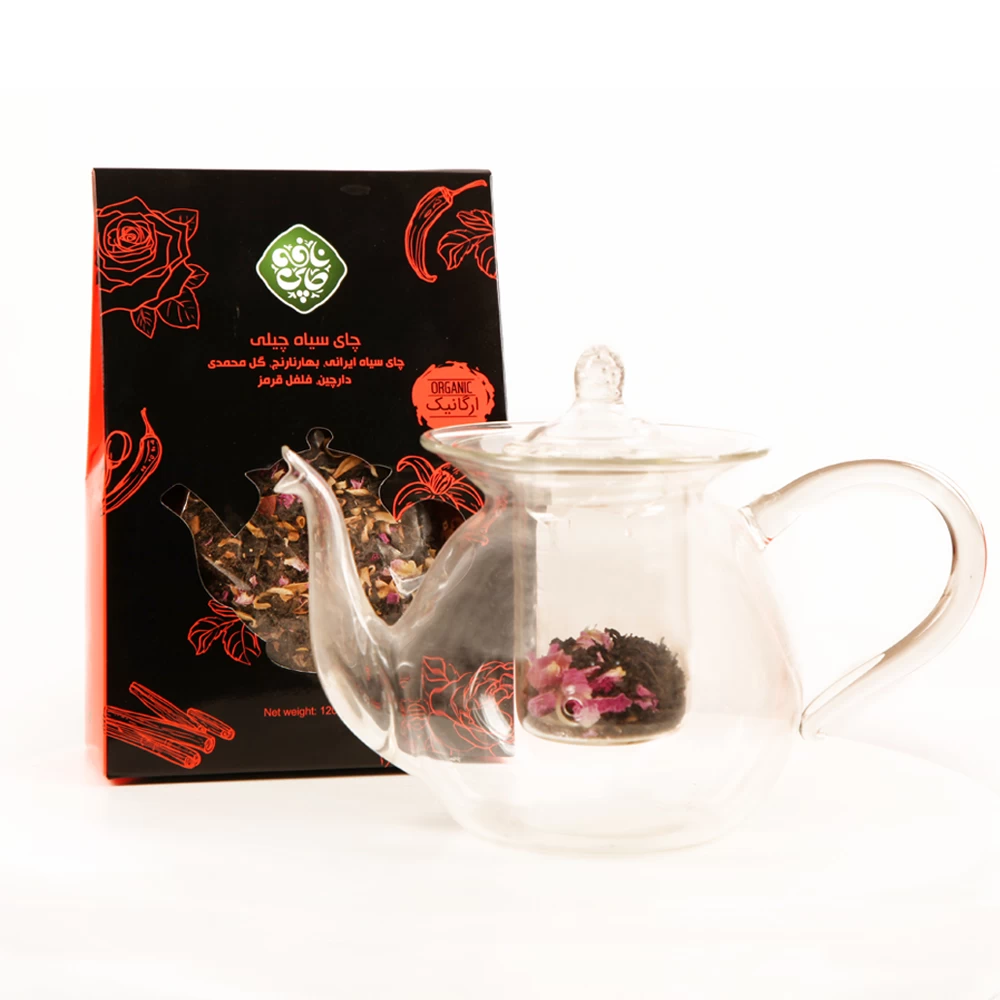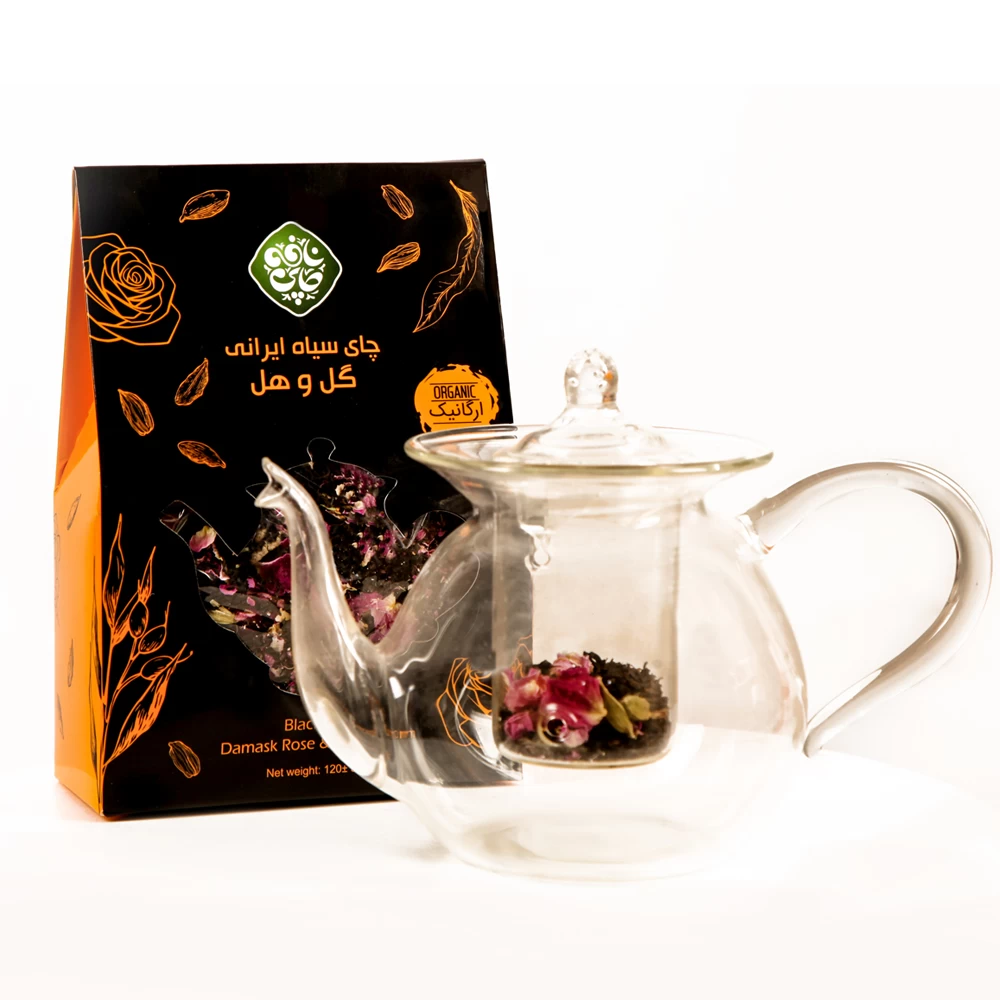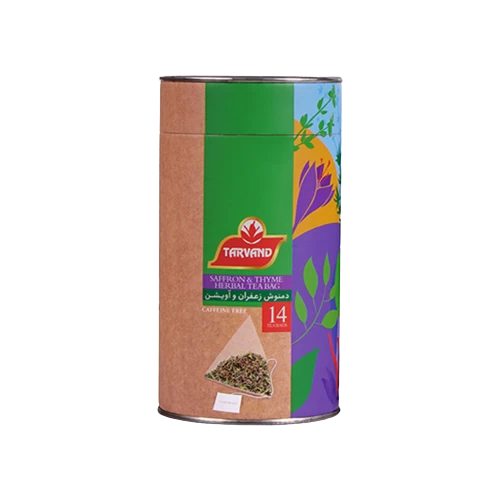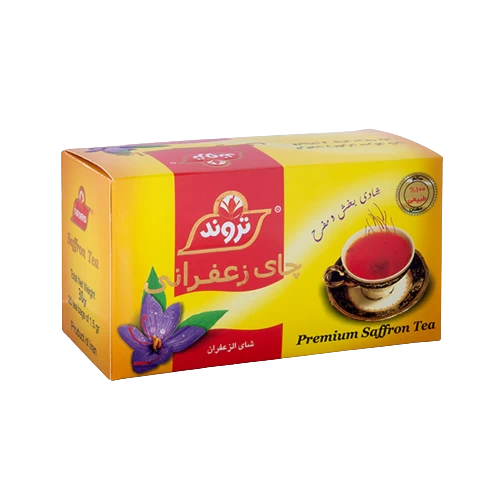Tea & herbal tea
Tea originated in ancient China, where it has been consumed as a beverage for thousands of years.
The earliest written records of tea drinking date back to the 10th century BCE. Tea was initially used for medicinal purposes before becoming a popular everyday drink among the Chinese elite.
In the 6th century CE, tea cultivation and processing techniques spread to Japan, Korea, and other parts of Asia. It wasn't until the 17th century that tea was first introduced to Europe. As trade routes expanded, tea became a globally popular beverage.
**Types of Tea**
There are five main types of tea, all of which come from the Camellia sinensis plant:
1. *Black Tea* - Fully oxidized, yielding a robust, malty flavor. Popular black teas include Assam, Darjeeling, and English Breakfast.
2. *Green Tea* - Unoxidized, retaining a fresh, grassy taste. Famous green tea varieties include Sencha, Matcha, and Gunpowder.
3. *Oolong Tea* - Partially oxidized, resulting in a complex, floral aroma. Classic oolong teas are grown in China and Taiwan.
4. *White Tea* - The most minimally processed tea, with a delicate, subtle flavor. White teas like Bai Mu Dan and Silver Needle are prized for their purity.
5. *Herbal Tea* - Made from dried flowers, fruits, herbs, and spices rather than Camellia sinensis. Popular herbal teas include chamomile, peppermint, and rooibos.
**Health Benefits**
Tea is rich in antioxidants and has been linked to a variety of health benefits, including:
- Reduced risk of heart disease and stroke
- Improved brain function and lower risk of neurodegenerative diseases
- Enhanced immune system and reduced inflammation
- Potential cancer-fighting properties

The specific benefits depend on the type of tea, with green tea generally considered the most healthful.
**Brewing and Consumption**
The ideal brewing method and water temperature vary by tea type. In general, black and oolong teas are best brewed with boiling water, while green and white teas require slightly cooler temperatures to preserve their delicate flavors.
Tea is consumed throughout the world, often as part of cultural traditions and social rituals. Some notable tea cultures include the Japanese tea ceremony, English afternoon tea, and Moroccan mint tea.
tea is primarily consumed as a beverage. It is one of the most widely consumed beverages in the world, second only to water.
The process of brewing tea involves steeping the dried leaves, buds, or other parts of the Camellia sinensis plant (or other herbs and spices for herbal teas) in hot water. This extracts the flavors, aromas, and health-promoting compounds from the tea leaves.
Once brewed, tea is typically enjoyed as a hot or iced drink. It can be served plain, or with the addition of milk, sugar, lemon, honey, or other flavorings depending on personal preference and cultural traditions.
The popularity of tea as a beverage stems from its versatility, wide range of flavors, and perceived health benefits. It is consumed throughout the day in many cultures, from the morning cup of tea to the afternoon tea break to evening tea rituals.
So in summary, tea is definitively a beverage that is brewed and consumed around the world as a refreshing, flavorful, and potentially healthful drink.
There are a few key reasons why tea is often considered a delightful pairing with sweets and cookies:
1. Flavor Complement: The complex, nuanced flavors of tea can beautifully complement the sweetness and richness of desserts and baked goods. The bitterness or astringency of certain teas can offset the cloying nature of very sweet treats.
2. Texture Contrast: The warm, liquid nature of a cup of tea provides a pleasant textural contrast when sipped alongside the solid, chewy, or crumbly texture of cookies, cakes, and other sweets.
3. Palate Cleansing: Tea can help cleanse and refresh the palate between bites of rich, sugary desserts. The tannins and acidity in tea help cut through the heaviness of sweet foods.
4. Tradition and Culture: In many cultures, the ritual of enjoying tea with pastries, cookies, or other small bites is deeply ingrained. This pairing is seen as a comforting, leisurely, and social experience.
5. Versatility: The wide variety of tea types, from delicate white teas to robust black teas, provides plenty of options to pair with different styles of sweets, from light meringues to dense chocolate cakes.
So the natural affinity between tea and desserts stems from their complementary flavors, textures, and the way they enhance the overall experience of indulging in sweet treats. It's a delightful combination that has been savored for centuries across many tea-drinking cultures.

The cultural traditions surrounding the pairing of tea and sweets vary significantly across different regions of the world:
East Asia:
- In China, the classic pairing is tea with dim sum pastries, moon cakes, and other delicate baked goods.
- In Japan, the centuries-old tea ceremony (chanoyu) emphasizes the aesthetic harmony between the tea, sweets (wagashi), and utensils.
- Korea has a vibrant tea culture, often serving teas like macha with traditional rice cakes and cookies.
Europe:
- In the UK, the ritual of afternoon tea features a selection of finger sandwiches, scones, cakes, and pastries served alongside black teas like Assam and Darjeeling.
- In Russia, a favorite pairing is black tea with small, bite-sized pastries and jams.
- In the Mediterranean, herbal and floral teas are often enjoyed with honey-sweetened baklava, loukoumades, and other Middle Eastern confections.
Indian Subcontinent:
- In India, chai (spiced black tea) is a ubiquitous beverage consumed throughout the day, sometimes with savory snacks or sweet mithai.
- In Pakistan and Bangladesh, sweet, milky chai is a common accompaniment to fried pastries and desserts.
North Africa:
- In Morocco, mint tea is a ritualistic drink served with almond cookies, baklava, and other intricate pastries.
- In Algeria, tea is consumed with kaak (ring-shaped cookies) and other traditional sweets.
The specific pairings, preparation methods, and cultural significance reflect the unique tea and dessert traditions of each region. But the overall theme of tea enhancing and complementing the enjoyment of sweet treats is universal across many cultures.
There are five main types of tea, all of which come from the Camellia sinensis plant:
Tea is rich in antioxidants and has been linked to a variety of health benefits, including:
- Improved brain function and lower risk of neurodegenerative diseases
- Enhanced immune system and reduced inflammation
- Potential cancer-fighting properties

The ideal brewing method and water temperature vary by tea type. In general, black and oolong teas are best brewed with boiling water, while green and white teas require slightly cooler temperatures to preserve their delicate flavors.

- In China, the classic pairing is tea with dim sum pastries, moon cakes, and other delicate baked goods.
- In Japan, the centuries-old tea ceremony (chanoyu) emphasizes the aesthetic harmony between the tea, sweets (wagashi), and utensils.
- Korea has a vibrant tea culture, often serving teas like macha with traditional rice cakes and cookies.
- In the UK, the ritual of afternoon tea features a selection of finger sandwiches, scones, cakes, and pastries served alongside black teas like Assam and Darjeeling.
- In Russia, a favorite pairing is black tea with small, bite-sized pastries and jams.
- In the Mediterranean, herbal and floral teas are often enjoyed with honey-sweetened baklava, loukoumades, and other Middle Eastern confections.
- In India, chai (spiced black tea) is a ubiquitous beverage consumed throughout the day, sometimes with savory snacks or sweet mithai.
- In Pakistan and Bangladesh, sweet, milky chai is a common accompaniment to fried pastries and desserts.
- In Morocco, mint tea is a ritualistic drink served with almond cookies, baklava, and other intricate pastries.
- In Algeria, tea is consumed with kaak (ring-shaped cookies) and other traditional sweets.
FAQs
What is the difference between tea and herbal tea?
Tea is made from the leaves of the Camellia sinensis plant, while herbal teas are made from a variety of dried flowers, herbs, fruits, and spices that are not part of the Camellia plant family.
What are the health benefits of drinking green tea?
Green tea is rich in antioxidants and has been linked to improved brain function, reduced inflammation, and lower risk of certain diseases like cancer and heart disease.
How should white tea be brewed differently than black tea?
White tea should be brewed with water at a lower temperature (around 180°F) compared to black tea, which requires near-boiling water (around 212°F). This helps preserve the delicate flavor and aroma of white tea.
What is rooibos tea, and where does it come from?
Rooibos tea is a naturally caffeine-free herbal tea that originates from the Cederberg region of South Africa. It has a naturally sweet, slightly nutty flavor profile.
 +7929688-88-14
+7929688-88-14

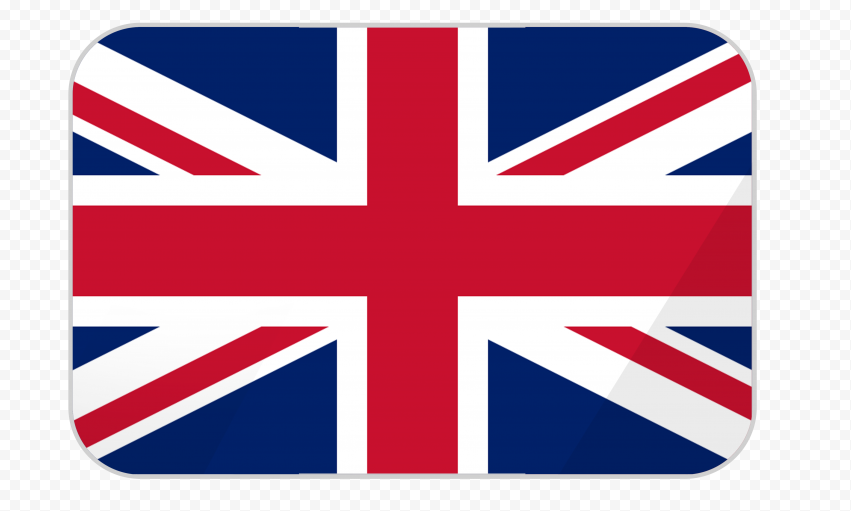 English
English
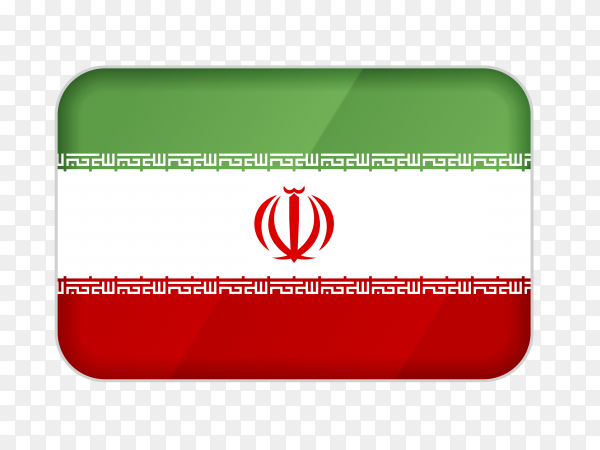 Persian
Persian
 Russian
Russian
 Chinese
Chinese


 +7929688-88-14
+7929688-88-14

